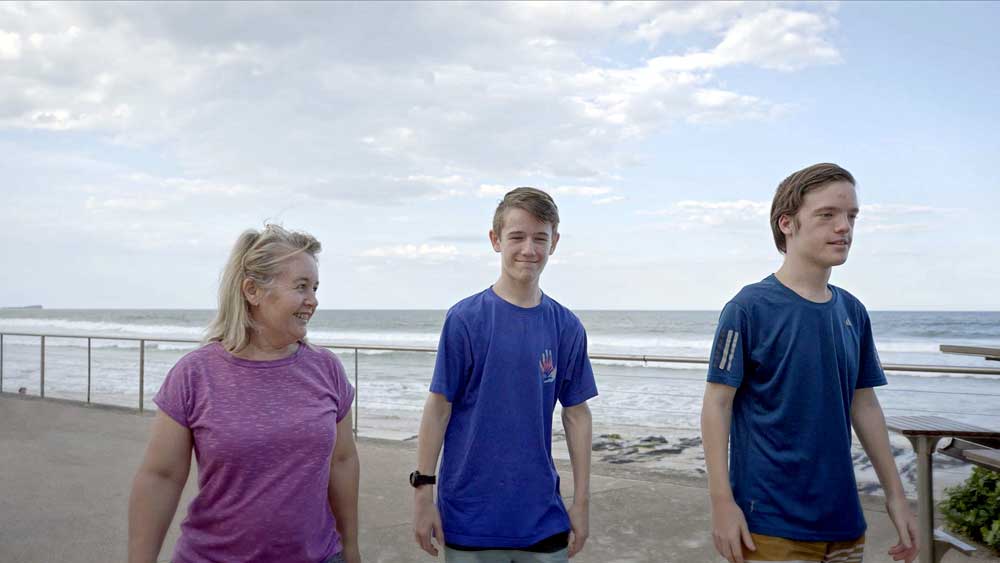- Patient stories
- Naomi’s Story
Naomi’s Story
- Delay in diagnosis of XLH
- High dosage of phosphate from an early age
- Bowed legs
- Challenges of parenting children with XLH

“if you’re happy with yourself and your family and the friend group that you have, you don’t actually need anything else.”
By the age of two Naomi’s legs were bowed and she wasn’t walking like other children her age. Her mother took her to numerous doctors who weren’t able to diagnose her condition. It wasn’t until an astute general practitioner suggested to see a specialist in Brisbane that her X-linked hypophosphataemia (XLH) was finally diagnosed.
Once diagnosed, she was prescribed six phosphate tablets daily to supplement the phosphate lost through her kidneys due to the XLH. She describes the taste and associated side effects as “the most disgusting thing on the planet. It gives you diarrhea and stomach cramps.”
Growing up Naomi’s legs remained bowed and she was pigeon-toed. Although at school she was able to play handball and do other activities she “couldn’t really participate in athletics or anything like that because I can’t really run.”
Despite having a group of supportive friends as a teen, Naomi found it difficult to “have a normal teenage relationship.” XLH had retarded her growth and “one boy said to me, ‘call me when you grow up and then we’ll go out.’” At the time, she suffered some serious psychological turmoil when “trying to deal with the taunts and looking different.”
At age 17 Naomi felt that she wasn’t receiving appropriate medical support: “I aged out of the children’s health system. I had a specialist that I didn’t particularly know or get along with.” At one point when her knees locked she couldn’t move her legs and had to attend an emergency department. When she tried to tell the doctor that the locked knees were a consequence of her XLH he dismissed her explanation as “rubbish.” In her 20’s she had her first arthroscopy. Three more were to follow.
Problems with her teeth have also been a recurring issue in her adult years. Because of dental abscesses, she has now had most of her teeth removed and replaced by dentures.
Naomi has two sons, both of whom are also affected with XLH. Naomi took their diagnoses badly: “It was pretty awful actually. I cried, my husband cried. I blamed myself quite a lot.” Reflecting further on being a mother with XLH she noted: “One of the cruellest things about this condition” she says, “is the genetic trauma, the generational nature of it.” Because of this, Naomi and her husband have talked to their boys from an early age about the fact that any daughters they have will inherit XLH.
As an adult, Naomi has learned to accept life with XLH. It has taught her that “if you’re happy with yourself and your family and the friend group that you have, you don’t actually need anything else.”
Naomi has lived with XLH for 48 years and is unaware of any new treatment options having become available in Australia in that time. Her dream is for a new XLH treatment that allows children to have a normal life and not have to face the emotional and physical traumas that she endured.
AP-NP-22-00003 AUG2022

Kyowa Kirin Australia
Level 7, 68 York St
SYDNEY NSW 2000
www.kyowakirin.com/australia/
enquiry.kkau@kyowakirin.com



